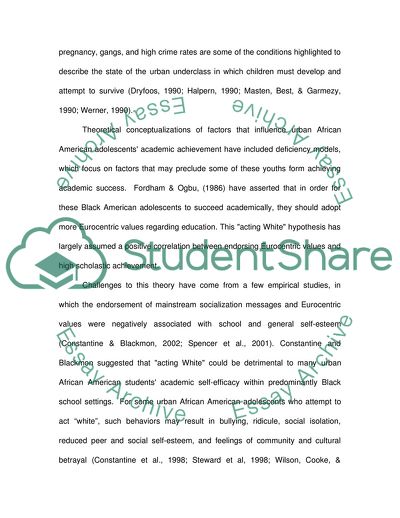Cite this document
(Black in the Midst of White Mainstream Culture Case Study - 3, n.d.)
Black in the Midst of White Mainstream Culture Case Study - 3. https://studentshare.org/social-science/1714092-education
Black in the Midst of White Mainstream Culture Case Study - 3. https://studentshare.org/social-science/1714092-education
(Black in the Midst of White Mainstream Culture Case Study - 3)
Black in the Midst of White Mainstream Culture Case Study - 3. https://studentshare.org/social-science/1714092-education.
Black in the Midst of White Mainstream Culture Case Study - 3. https://studentshare.org/social-science/1714092-education.
“Black in the Midst of White Mainstream Culture Case Study - 3”. https://studentshare.org/social-science/1714092-education.


